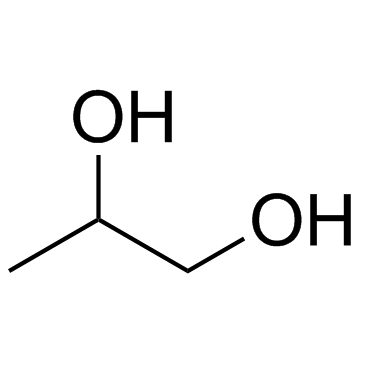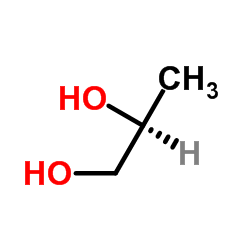| 结构式 | 名称/CAS号 | 全部文献 |
|---|---|---|
 |
丙二醇
CAS:57-55-6 |
|
 |
甘油脱氢酶
CAS:9028-14-2 |
|
 |
(|R|)-(-)-1,2-丙二醇
CAS:4254-14-2 |
|
 |
(S)-1,2-丙二醇
CAS:4254-15-3 |